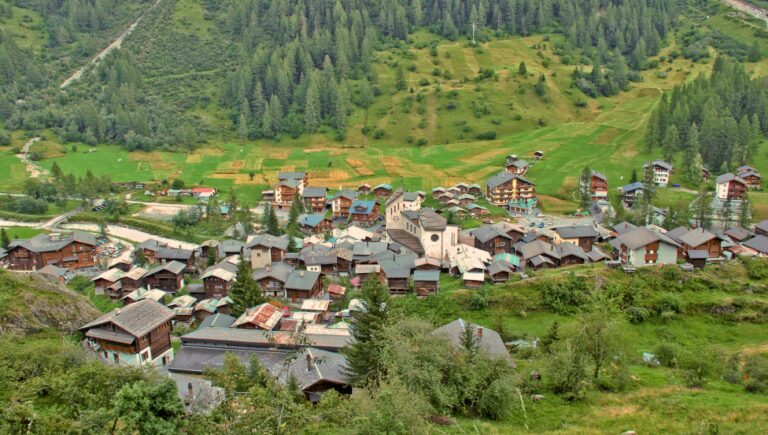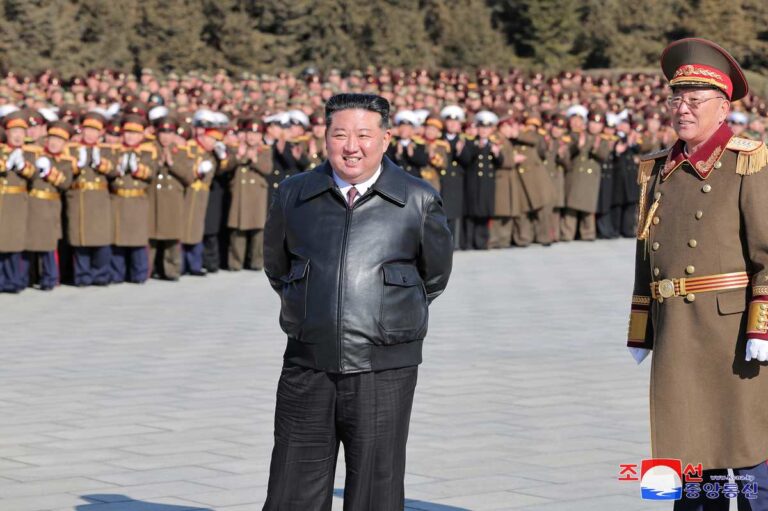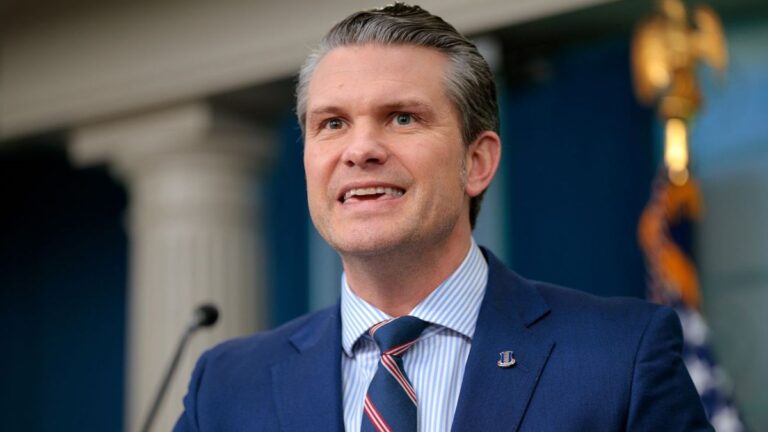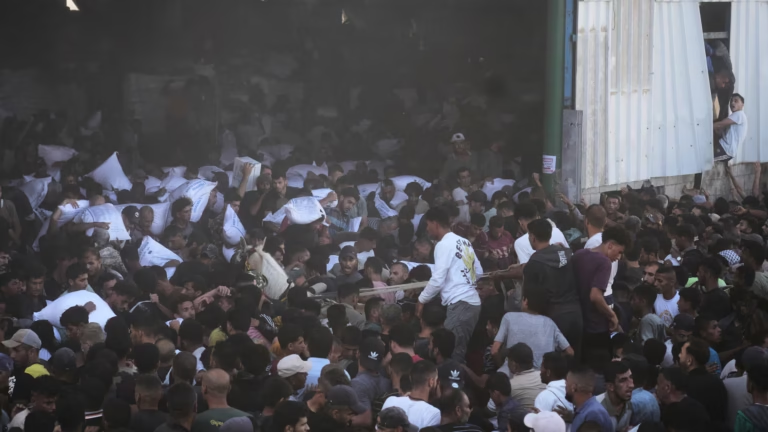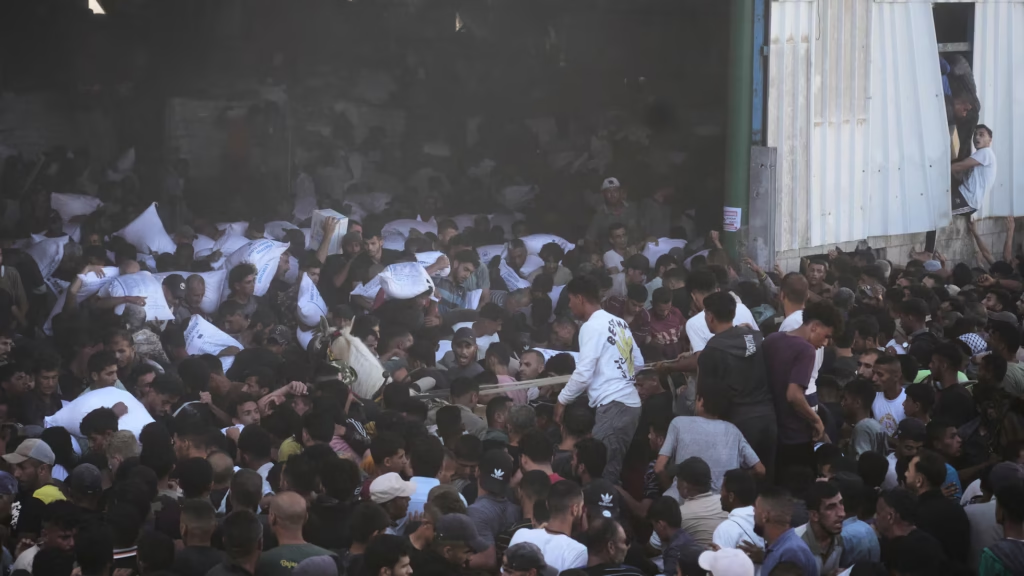
The Gaza Strip, already battered by months of siege and bombardment, became the stage for a new experiment in humanitarian aid—a US- and Israeli-backed plan that promised relief but instead unleashed confusion, violence, and international outrage. What began as a bid to bypass alleged Hamas interference and “streamline” food delivery rapidly devolved into scenes of desperation and chaos, raising urgent questions about the ethics and efficacy of humanitarian intervention in war zones.
The Genesis: Why a New Aid Plan?
In early 2025, as famine loomed over Gaza, Israel and the United States announced a radical shift in how aid would be delivered. The new system would sideline the United Nations and established NGOs, placing the newly formed Gaza Humanitarian Foundation (GHF)—a US-endorsed, Israel-approved private entity—in charge of food distribution134.
The Rationale
- Israel’s Stance: Israeli officials insisted that Hamas was diverting aid for its own use, demanding tighter controls and new distribution channels14.
- US Support: The Trump administration threw its weight behind the plan, touting it as a lifeline for starving civilians and a way to “depoliticize” aid6.
- Humanitarian Crisis: With over two million Gazans at risk of starvation after months of blockade, the need for food, water, and medicine was dire45.
How the New System Was Supposed to Work
The GHF would operate four distribution centers, all near Israeli military installations, guarded by armed American contractors. Palestinians would be required to travel—often across dangerous, devastated terrain—to these hubs, where they’d undergo digital security screenings before receiving food parcels1346.
Key Features
- Private Security: Distribution sites protected by armed contractors, not aid workers.
- Restricted Access: Only a handful of centers, mostly in southern Gaza, forcing many to undertake perilous journeys34.
- Exclusion of UNRWA: The United Nations Relief and Works Agency, long the backbone of Gaza’s humanitarian response, was deliberately sidelined6.
The Rollout: From Hope to Havoc
On the plan’s first day, thousands of desperate Gazans crowded the fenced pathways leading to the aid centers. A masked security contractor tried to lighten the mood, forming a heart sign with his hands. But the goodwill quickly evaporated4.
By afternoon, the scene turned chaotic: barriers buckled, crowds surged, and gunfire rang out. People trampled over fallen fences, with some recoiling in terror at the sound of shots. The GHF’s carefully choreographed operation had unraveled in hours45.
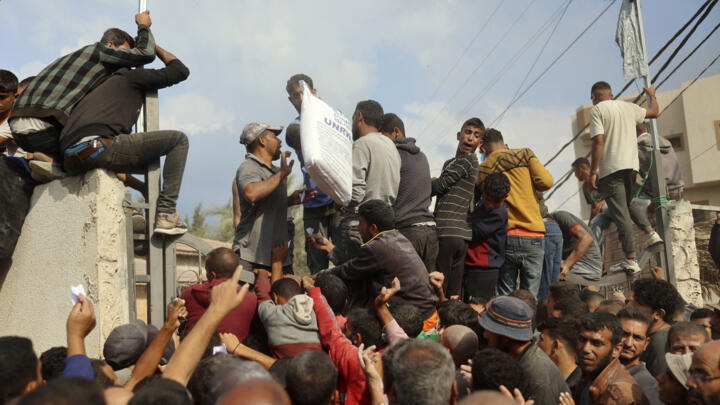
Table: Old vs. New Gaza Aid Systems
| Feature | UN-Led System (Pre-2025) | US-Israeli GHF System (2025) |
|---|---|---|
| Distribution Points | Dozens, spread across Gaza | Four, near Israeli military sites |
| Security | Local/UN guards, unarmed | Private, armed US contractors |
| Oversight | UNRWA, NGOs | GHF, Israeli military |
| Recipient Screening | Minimal, humanitarian focus | Digital, security-focused |
| Aid Types | Food, water, medicine, shelter | Food, water, hygiene only |
| Accessibility | High, community-based | Low, requires travel |
Why Did the Plan Collapse?
1. Logistical and Security Failures
- Overwhelmed Centers: Tens of thousands arrived at each site, far beyond capacity45.
- Violence and Death: At least 11 Palestinians were killed and dozens injured in the opening days, according to Gaza’s health ministry5.
- Looting and Disorder: Desperate crowds seized food from both GHF and UN World Food Programme warehouses, highlighting the breakdown of order5.
2. Humanitarian and Ethical Criticisms
- Privatization of Aid: The EU and NGOs condemned the “privatization” of humanitarian relief, warning it undermined neutrality and safety56.
- Exclusion of UNRWA: Many saw the sidelining of the UN as a political maneuver, not a humanitarian one6.
- Coerced Displacement: Critics warned the plan forced people from north to south Gaza, deepening displacement and hardship6.
3. Operational Instability
- Leadership Crisis: The GHF’s executive director resigned abruptly, citing an inability to operate independently under Israeli control3.
- Boycotts: Major aid organizations and the UN refused to participate, leaving the GHF isolated and under-resourced16.
Pros & Cons: The US-Israeli Gaza Aid Plan
Pros:
- Attempted to address Israeli concerns about aid diversion.
- Sought to provide food during a period of extreme scarcity.
- Promised tighter security and monitoring.
Cons:
- Created dangerous bottlenecks and crowd surges.
- Excluded experienced humanitarian actors.
- Increased risk of violence and abuse at distribution sites.
- Failed to address broader needs (shelter, healthcare).
- Deepened political divisions and humanitarian suffering.
Human Stories: Voices from the Ground
Amjad Shawa, a Palestinian NGO leader, described the plan as “institutionalizing the crisis”—offering too little, too late, and at the cost of dignity and safety6. One mother, waiting for hours with her children, recounted, “We heard gunshots and saw people falling. I just wanted food for my family, not this terror.”
Jake Wood, the American who briefly led the GHF, resigned after realizing the foundation would never be allowed to operate with true autonomy3. “We were set up to fail,” he told colleagues, “and the people of Gaza are paying the price.”
International Fallout
The chaos triggered a wave of condemnation:
- European Union: Called the plan “unacceptable” and refused to support privatized aid distribution5.
- Humanitarian Groups: Warned that the model violated humanitarian norms and endangered both recipients and aid workers6.
- US Allies: Some threatened to reconsider support for Israel if bombardments and aid restrictions continued5.
People Also Ask (PAA)
What is the Gaza Humanitarian Foundation (GHF)?
A US-backed, Israel-approved private organization created in 2025 to oversee aid distribution in Gaza, replacing the UN as the main provider134.
Why was the new Gaza aid plan so controversial?
Because it excluded the UN, relied on armed contractors, and was accused of deepening displacement and using aid as leverage456.
Did the new aid system reduce suffering in Gaza?
No; reports show it led to chaos, violence, and inadequate access to food and essentials for most civilians45.
How did the international community respond?
With widespread criticism, boycotts by NGOs, and warnings from the EU and other allies56.
FAQ
Q1: How many people did the new aid plan reach?
A: GHF claimed it aimed to serve over 1 million people, but actual numbers were far lower due to chaos and limited access34.
Q2: What happened to the UN’s role in Gaza?
A: The UN and UNRWA were sidelined, leading to a humanitarian vacuum and loss of established distribution networks6.
Q3: Was the aid plan sustainable?
A: Most experts say no—high costs, logistical hurdles, and lack of international support doomed it from the start6.
Q4: Did the plan address all humanitarian needs?
A: No; it focused mainly on food and hygiene, ignoring critical needs like water, shelter, and healthcare6.
Q5: What’s next for Gaza’s aid delivery?
A: As of late May 2025, efforts are underway to negotiate a new ceasefire and potentially restore UN-led aid, but the situation remains volatile2.
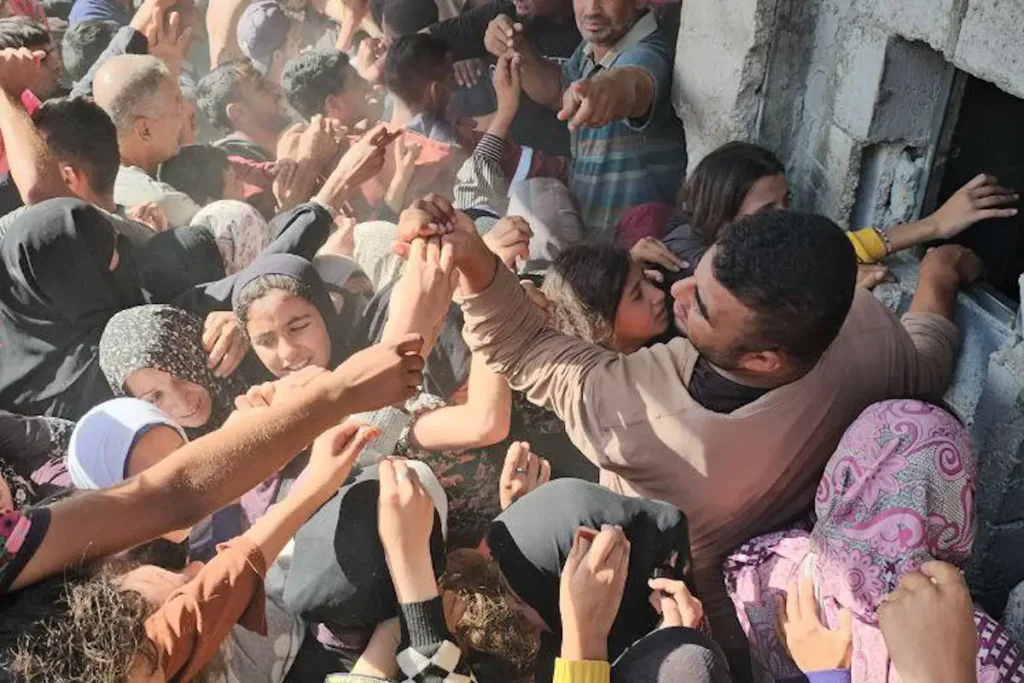
Comparison: US-Israeli Plan vs. Humanitarian Best Practices
| Criteria | US-Israeli Plan | Humanitarian Norms |
|---|---|---|
| Neutrality | Compromised | Essential |
| Accessibility | Severely limited | Universal |
| Security | Armed contractors | Unarmed humanitarian staff |
| Recipient Dignity | Undermined | Central |
| Coordination | Minimal with NGOs | Full coordination |
Navigational: Where to Get Reliable Updates on Gaza Aid
- UN OCHA: Official updates on humanitarian access and needs.
- International Red Cross: Field reports and emergency alerts.
- BBC, Reuters, AP: In-depth news coverage and analysis.
